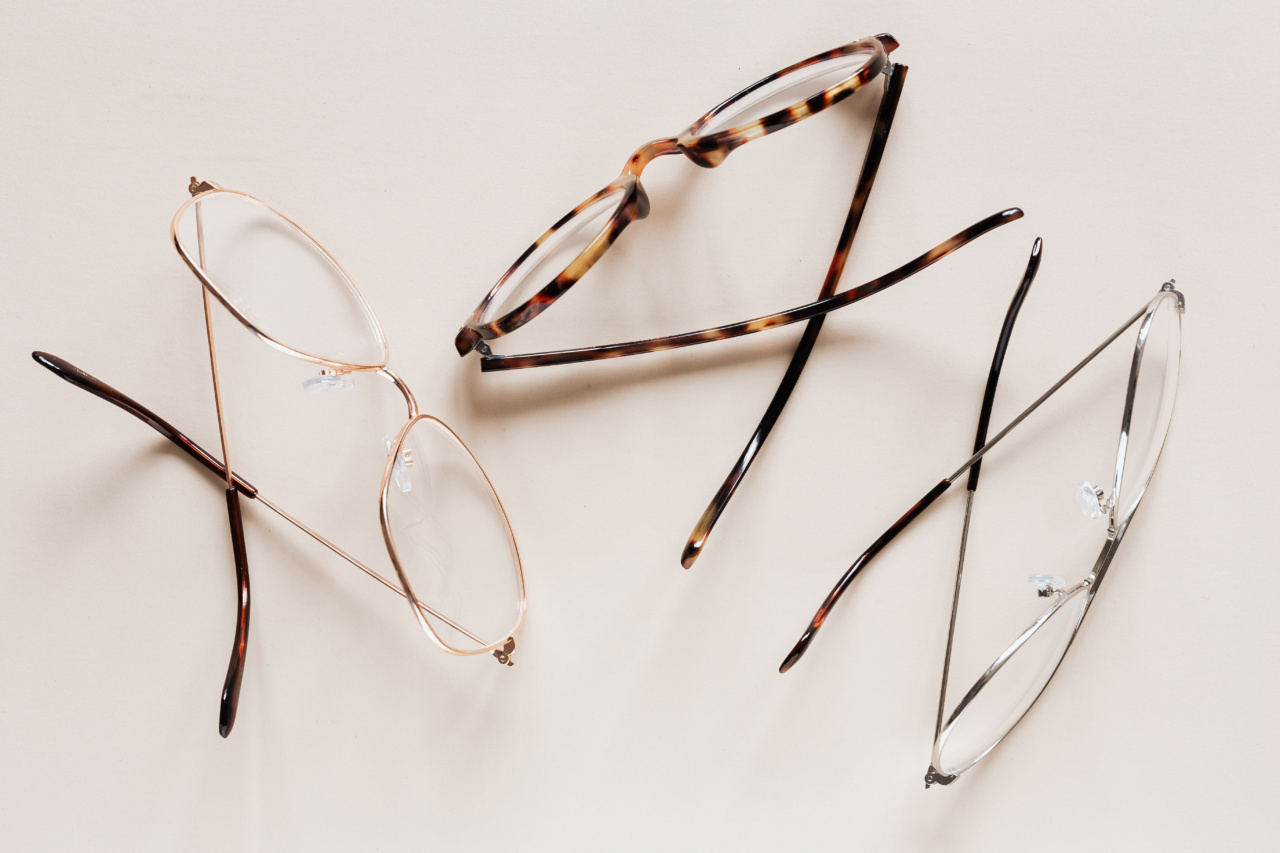Myopia, commonly known as nearsightedness, is a refractive error that affects millions of people worldwide. It causes difficulty in seeing objects at a distance, leading to a reliance on glasses or contact lenses.
However, there is a growing interest in finding ways to overcome myopia and reduce the need for corrective eyewear. In this article, we will explore some strategies and techniques that can help in overcoming myopia and achieving better vision without wearing glasses.
The Role of Genetics
It is important to understand that myopia can have a genetic component. If one or both parents have myopia, there is a higher likelihood of their children developing it as well.
However, genetics alone does not fully determine the development of myopia, and environmental factors also play a significant role.
Outdoor Time and Eye Health
One of the key environmental factors that influence myopia is the time spent outdoors. Numerous studies have shown that spending more time outdoors, especially during childhood, can help reduce the risk of developing myopia or slow down its progression.
Sunlight and the visual stimuli provided by the outdoor environment have a positive impact on eye health and can potentially prevent or minimize myopia.
Visual Habits and Eye Exercises
Another aspect of overcoming myopia is developing healthy visual habits and practicing specific eye exercises.
Excessive near work, such as reading or working on a computer for extended periods, can strain the eyes and contribute to the progression of myopia. Taking regular breaks, practicing the 20-20-20 rule (looking at something 20 feet away for 20 seconds every 20 minutes), and performing eye exercises like focusing on distant objects can help relax and strengthen the eye muscles.
Proper Lighting and Ergonomics
The importance of proper lighting and ergonomics should not be underestimated when it comes to preventing or overcoming myopia. Insufficient lighting or glare can strain the eyes and make them work harder, exacerbating myopia.
Ensuring adequate lighting, positioning computer screens or reading materials at an optimal distance, and maintaining proper posture can significantly reduce eye strain and potentially slow down the progression of myopia.
Nutrition and Eye Health
A well-balanced diet rich in nutrients is essential for overall health, including eye health. Certain nutrients like vitamin A, vitamin C, vitamin E, omega-3 fatty acids, and antioxidants have been associated with a lower risk of myopia progression.
Incorporating foods such as leafy greens, colorful fruits, fish, nuts, and seeds into your diet can provide these beneficial nutrients and support eye health.
Orthokeratology
Orthokeratology, also known as Ortho-K or overnight vision correction, is a non-surgical technique that involves wearing specially designed contact lenses while sleeping.
These lenses gently reshape the cornea overnight, temporarily correcting myopia and providing clear vision during the day without the need for glasses or contact lenses. Orthokeratology requires regular follow-ups with an eye care professional but can be an excellent option for those looking to overcome myopia without wearing corrective eyewear.
Low-Dose Atropine Eye Drops
Another emerging method for managing myopia is using low-dose atropine eye drops. Atropine, when used in low concentrations, has been shown to slow down the progression of myopia in children.
These eye drops are usually prescribed by an ophthalmologist and need to be used consistently under their supervision. While more research is still needed in this area, low-dose atropine eye drops offer a promising approach for those aiming to control myopia progression.
Consulting with an Eye Care Professional
While there are various strategies and techniques that can aid in overcoming myopia, it is essential to consult with an eye care professional for a comprehensive assessment and personalized treatment plan.
Every individual’s myopia is unique, and a professional evaluation can help determine the most suitable approach for overcoming myopia without glasses. They can also provide guidance on lifestyle adjustments and potential corrective options tailored to individual needs.
Lifestyle Modifications and Patience
Overcoming myopia and reducing dependence on glasses or contact lenses takes time and patience. It requires consistent application of healthy habits, regular eye care check-ups, and a willingness to make lifestyle modifications.
While some individuals may experience significant improvements in their vision, others may only achieve a partial reduction in myopia. The key is to stay committed to the process and maintain a positive outlook while working towards better eye health.
Conclusion
Overcoming myopia and reducing reliance on glasses is a desire shared by many individuals.
While genetics and certain factors beyond our control play a role in myopia development, there are strategies and techniques that can aid in minimizing its impact.
By spending more time outdoors, practicing healthy visual habits, ensuring proper lighting and ergonomics, adopting a nutritious diet, exploring options like orthokeratology or low-dose atropine eye drops, and seeking professional guidance, it is possible to overcome myopia and enjoy better vision without the constant need for glasses or contact lenses.




























